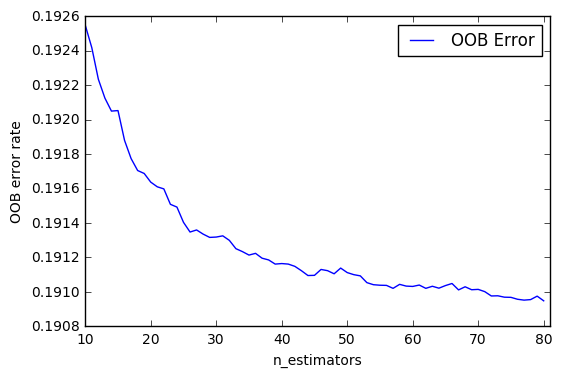Welcome
This website will try its best to introduce the reader to the NYPD Motor Collision Dataset. To the interested an iPython Notebook can be found here.
The purpose of this site is to give you an intuition regarding the motor vehicle incidents in the Big Apple, New York City.
If you take a look to your right you can find the data to download and fiddle around with, and below you can see some results of analysis of said dataset, along with data of the weather in NYC and population densities in NYC.
The iPython Notebook linked above holds information on the data analysis as well as code to replicate it. We hope you enjoy.
Link to repository containing files for website.
The Data
A long with this, weather data from National Centers of Enviromental Information under NOAA, the National Oceanic and Atmospheric Administration, will also be presented, avaliable here. We have included the same period for the weather data as the collision data.
Finally also a data set over population densities is used, avaliable here. Similarly shape files of the NTAs in NYC can be found here. Mapshaper.org has been used to convert these shape files into TopoJson files.
